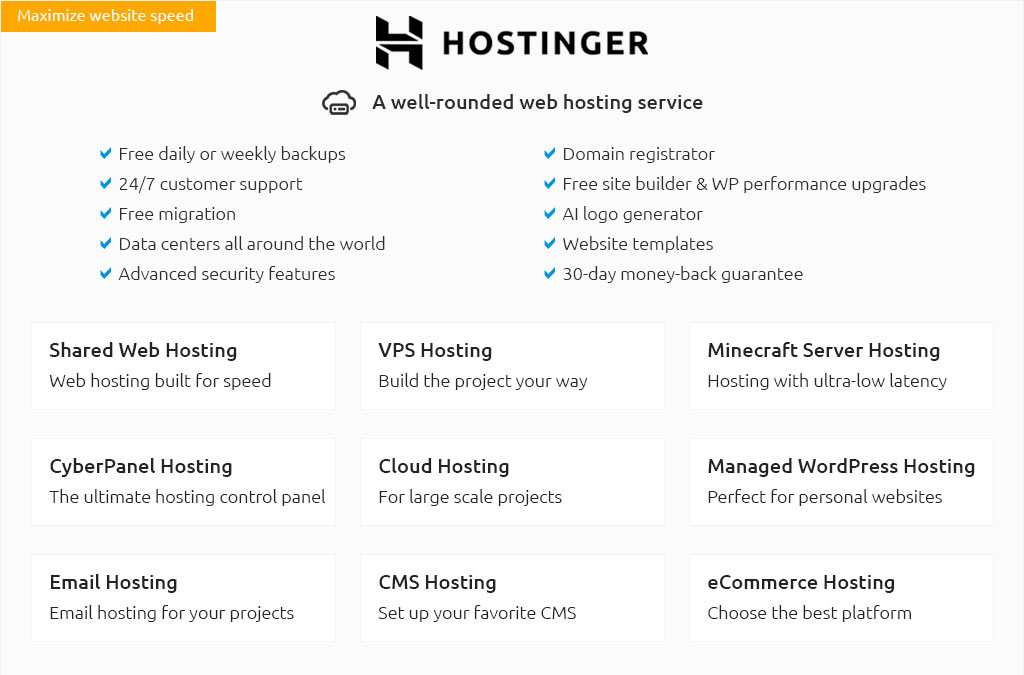 |
|||
 |
 |
 |
|
 |
|
 |
 |
 |
|||
 |
|||
 |
|||
 |
|||
 |
 |
|
ynrm42zatfq Understanding Cloud Server Pricing: A Comprehensive OverviewThe world of cloud server pricing is as dynamic as it is complex, offering businesses both small and large an opportunity to scale their operations efficiently without the hefty costs traditionally associated with physical servers. As we delve into this topic, it's crucial to consider the multitude of factors that influence pricing structures and how businesses can navigate these to make informed decisions. Understanding the fundamental elements of cloud server pricing not only empowers businesses to choose the right service but also ensures they maximize their return on investment. At its core, cloud server pricing is influenced by several key components, including storage capacity, data transfer limits, computational power, and additional services. Let's explore each of these in detail. First, storage capacity is a primary cost driver, with prices varying significantly based on the amount of data a company needs to store. More storage typically means higher costs, yet many providers offer scalable solutions that allow businesses to only pay for the storage they actively use, a feature that is particularly appealing to startups and growing companies. Next, we consider data transfer limits. Cloud providers often charge based on the amount of data transferred to and from the cloud, with prices differing based on whether the data moves within the same geographical region or across international borders. Companies with high data transfer needs should carefully assess these costs to avoid unexpected expenses. Another vital aspect is computational power. The processing power required by applications can vary dramatically, and cloud providers typically offer a range of options, from basic setups suitable for simple tasks to high-performance configurations designed for complex, resource-intensive applications. Businesses should evaluate their computational needs meticulously, balancing cost against performance to ensure optimal functionality. Beyond these basic components, many cloud providers offer additional services such as enhanced security features, data analytics tools, and machine learning capabilities. While these can significantly enhance a company's operations, they come at an extra cost, necessitating a careful assessment of their value relative to the business’s objectives. Moreover, the choice between different pricing models, such as pay-as-you-go versus reserved instances, can significantly affect a company’s bottom line. Pay-as-you-go provides flexibility and is ideal for unpredictable workloads, whereas reserved instances offer cost savings in exchange for a long-term commitment, benefiting businesses with stable, predictable demands. In the ever-evolving landscape of cloud computing, staying informed about pricing trends and regularly reviewing service agreements are vital practices. Providers frequently update their offerings and pricing structures, often introducing new, cost-effective solutions that could better align with a business's needs. In conclusion, while the intricacies of cloud server pricing can seem daunting, understanding the core components and maintaining a proactive approach can help businesses navigate this complex terrain effectively. By doing so, they can leverage cloud technology to its fullest potential, optimizing their operations and achieving their strategic goals. As the market continues to grow and evolve, those who keep their finger on the pulse of cloud pricing will be best positioned to thrive in the digital age. https://www.hetzner.com/cloud
High quality Cloud unbeatable prices ; CX22 - $ 0.0074. $ 0.0064 ; CX32 - $ 0.0127. $ 0.0117 ; CX42 - $ 0.0304. $ 0.0294 ; CX52 - $ 0.0611. $ 0.0601 ; CPX11 - $ 0.0082. https://azure.microsoft.com/en-us/pricing/details/cloud-services/
General Purpose ; A1v2, 1, 2.00 GB, 10 GB, $47.45/month ; A2v2, 2, 4.00 GB, 20 GB, $99.28/month ... https://www.linode.com/pricing/
Dedicated CPU Plans ; Dedicated 4 GB, $36, $0.054 ; Dedicated 8 GB, $72, $0.108 ; Dedicated 16 GB, $144, $0.216 ; Dedicated 32 GB, $288, $0.432 ; Dedicated 64 GB ...
|